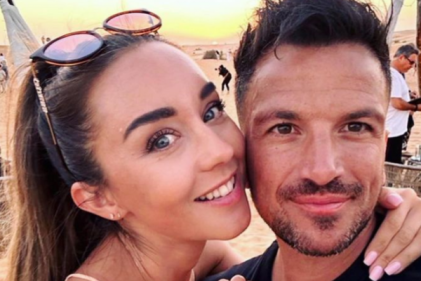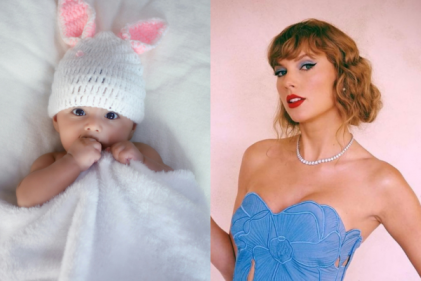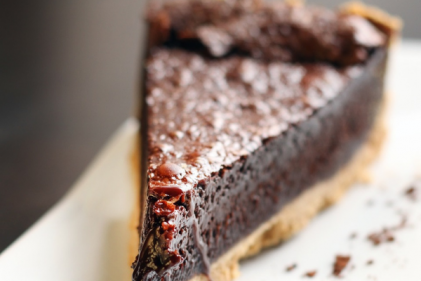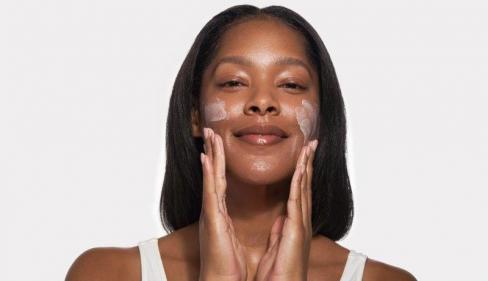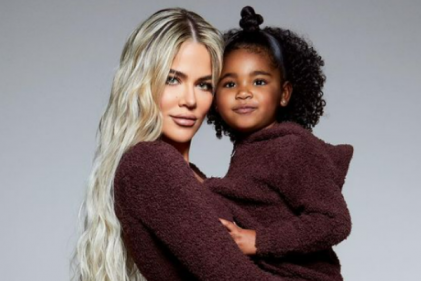Babies have soft spots or fontanelles when they are born. These soft spots are the areas where the baby's skull bones haven't grown together yet. There are actually two soft spots, the anterior (the one on top of the head and the one most people are familiar with) and the posterior (located on the back of the head, though you may not feel this one and it usually closes by the time the baby is six to eight weeks old).
Sometimes it is possible to feel ridges. This is where the skull bones overlap. Both the fontanelles and the ridges exist to allow your baby's head to mould during the birth process. The soft spots are strong and sturdy, and you don't have to treat them any differently than the rest of the head. You won't hurt the baby's brain by touching them, although you shouldn't put direct pressure on your baby's soft spot.
The baby's soft spot should look flat, not sunken or bulging. A sunken soft spot is usually a sign of dehydration. Look for this if the baby has been ill with vomiting, and diarrhoea, or has been feeding poorly. A bulging soft spot may be a sign of something more serious, such as meningitis or hydrocephalus.
Sometimes it is possible to feel ridges. This is where the skull bones overlap. Both the fontanelles and the ridges exist to allow your baby's head to mould during the birth process. The soft spots are strong and sturdy, and you don't have to treat them any differently than the rest of the head. You won't hurt the baby's brain by touching them, although you shouldn't put direct pressure on your baby's soft spot.
The baby's soft spot should look flat, not sunken or bulging. A sunken soft spot is usually a sign of dehydration. Look for this if the baby has been ill with vomiting, and diarrhoea, or has been feeding poorly. A bulging soft spot may be a sign of something more serious, such as meningitis or hydrocephalus.

